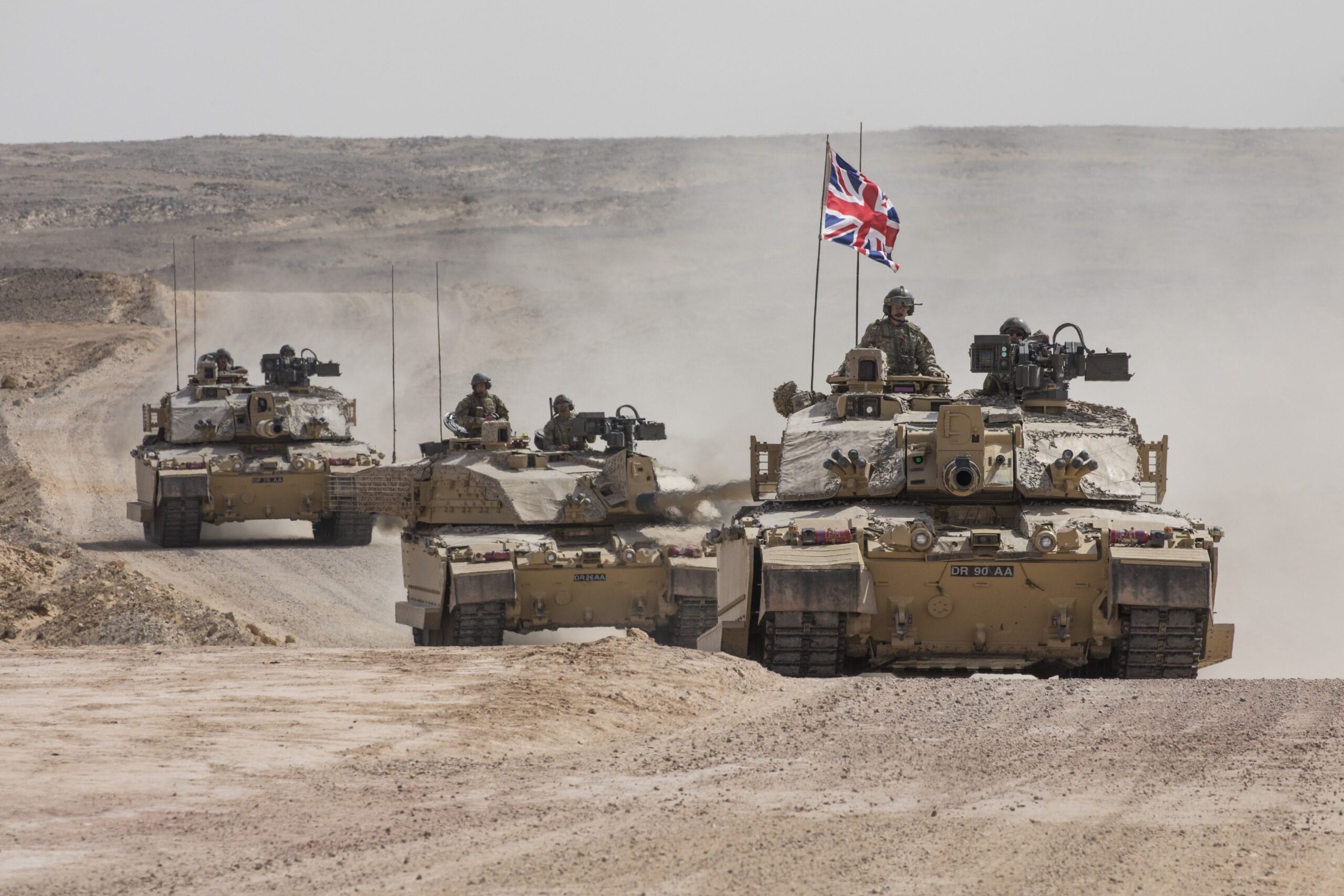It really is the final countdown for the Integrated Review. The report itself, apparently to be titled “Global Britain in a Competitive Age” will be published on 16th March. Six days later, a MoD command paper will be released, which is expected to detail the impact of the Integrated Review on military capability. Even though the Prime Minister approved a £16.5 billion increase in Defence spending last year, as @onUKDefence has highlighted, the MoD is still struggling with its day-to-day spending. Some reports suggest that, in the short term, it remains £12 billion over budget. As a result, it is obvious that the command paper will announce a significant retiring of sunset capabilities.
Sunset Capabilities to be Retired
Details of what sunset capabilities will be retired have already entered the public domain. According to the Sunday Times, the size of the army will be drastically reduced, with a 12,000 decrease in personnel numbers by 2030. This will leave a standing British Army of only 70,000 and have a direct impact on the scope and capabilities of the UK’s solitary deployable warfighting division.
Cuts to the RAF are, potentially, even greater. It is expected that up to 24 Typhoon aircraft will be retired early; Sentinel and Islander ISTAR platforms will be scrapped without replacement; and the fleet of 14 C130J Hercules transport aircraft will go, along with all of the RAF’s Puma helicopters – a reduction in rotary-wing asserts of over 40 per cent. Finally, the order for Wedgetail airborne early-warning aircraft, which is needed to replace the current E-3D Sentry fleet, is expected to be reduced from five to three.
In the maritime domain, retirement dates for one third of the frigate fleet and half of the Royal Navy’s nuclear attack submarines are likely to be brought forward to dates ahead of the commissioning of their successors.
Impact of the Reductions
There is no doubt that the reductions outlined are significant and will have a clear, if hopefully, short-term impact on the ability of the UK’s armed forces to prosecute operations. Unsurprisingly, since the details were leaked, social media has been alive with comment, the vast majority of which has been negative.
But what is the alternative? All of the recent analysis on the changing character of warfare suggests major changes are needed to the ORBAT of all three services, if they are to remain relevant in even the near future. Moreover, it has been made very clear at the political level that a step-change in military capability is needed and, indeed, that is what the new injection of cash into the Defence budget is expected to buy. Running on smaller fleets of legacy platforms is simply unaffordable, as meaningful cost savings are only achieved when entire capabilities are withdrawn, allowing all of their associated supporting functions to be disbanded. And who better to make the decisions over what capabilities should be run down than the Chief of the Defence Staff and the professional heads of the Armed Forces? After all, they have the best visibility of future threats and they are responsible for fielding the military capability to meet them.
Conclusion
The Defence Operating Model summarises the MoD’s basic role as: “To protect the people of the United Kingdom, prevent conflict, and be ready to fight our enemies. We are prepared for the present, fit for the future”. There is a strong argument that Defence today does not comply with that second sentence. While this is not good news, it is at least recognised at the highest levels of Defence that real change is needed, and that change starts with the retirement of sunset capabilities. However, as General Sir Nick Carter, Chief of the Defence Staff, observed in his annual lecture at the Royal United Services Institute in December 2020, that will not be easy:
“… some industrial age capabilities will have to meet their ‘sunset’ to create the space for capabilities needed for ‘sunrise’ … The trick is how you find a path through the night as you develop capability from sunset to sunrise.”






